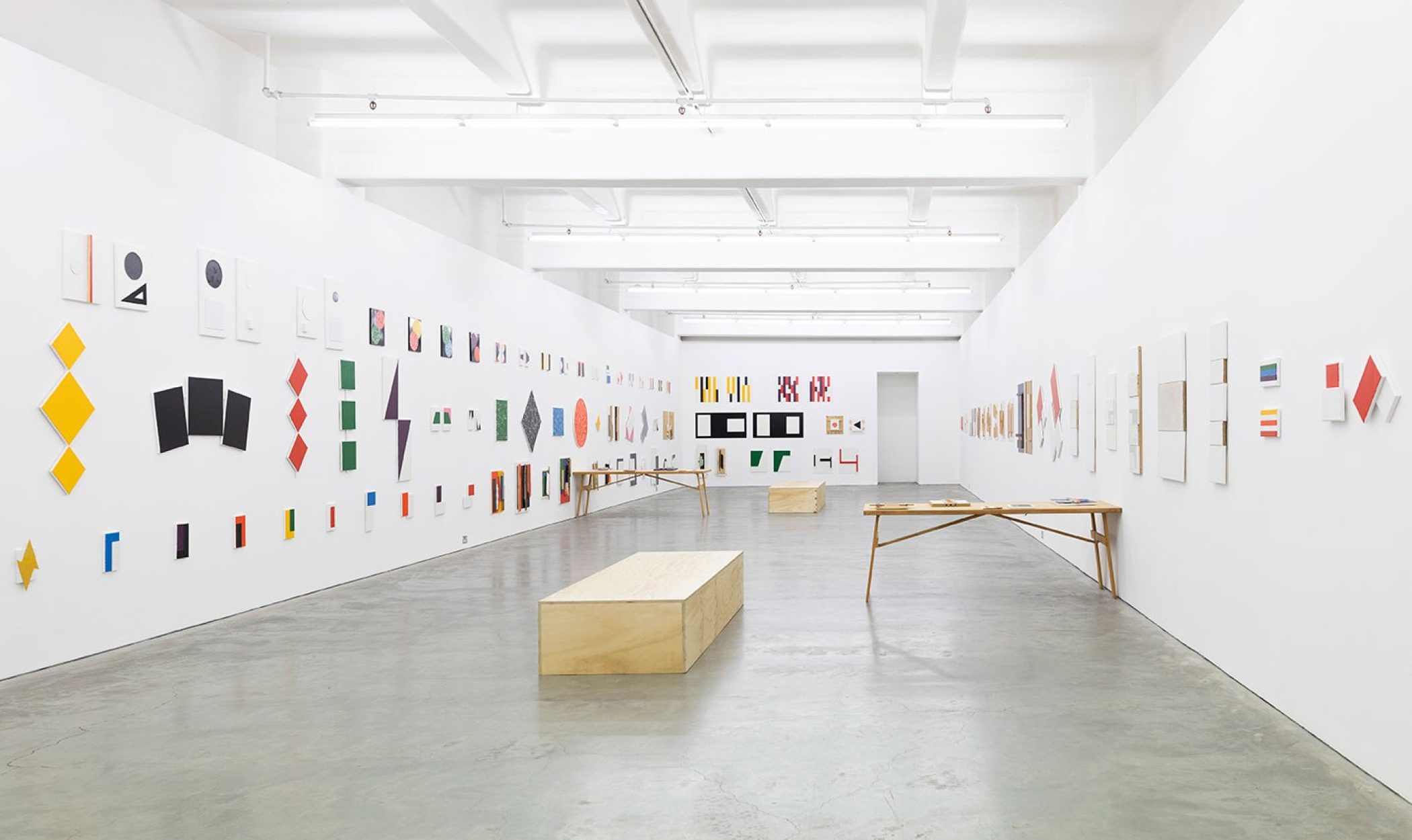ANNA SCHWARTZ PROJECTS
ANNA SCHWARTZ GALLERY TO CLOSE AND REOPEN AS NEW ENTITY: ANNA SCHWARTZ PROJECTSAfter four […]
Read MoreWHEN I LIVED in culturally and politically conservative Brisbane in the late ’70s and early ’80s, John Nixon was the first full-time practicing artist I ever met. He was from Melbourne and had moved to Brisbane in 1980 to be the director of the Institute of Modern Art, a beacon of artistic hope at that time. I was one of two singer-songwriters fronting the Go-Betweens, and to see the dark-clothed charismatic figure, hair swept back behind one ear, a fringe of black ringlets cascading over the other side of his face, gazing intently toward the stage during our pub and club shows was an unexpected pleasure. Indeed, seeing anyone over twenty-five at a Brisbane underground music show in those days was rare; the fierce anti-intellectualism enabling the ultra-reactionary Queensland government chased a generation of creative people into exile in other cities. Into the breach stepped John Nixon.
New in town, he had moved into a two-story apartment block at the edge of the city precinct, within walking distance of the IMA. On the floor below lived Grant McLennan (1958 – 2006), the other singer-songwriter of the Go-Betweens. We came to know John well; Lindy Morrison, the band’s drummer, and myself, lived nearby, and the three of us visited his apartment often. That is where his influence on the group began. It was a crucial time for us all in the transformative heat of the post-punk era, everything in glorious flux, musical forms scrapped and others stripped to the bone, and John’s art — eclectic but distinctive, experimental but disciplined, respectfully plundering utopian avant-gardism but still somehow of the moment — was both inspiring and provocative. And unlike us, he could explain what he was doing, slicing open his work and, by inference, ours to reveal various historical contexts. No stuffy, wine-glass-in-hand proclamations of lofty truths here; his manner was gentle and confident, imparting ideas on art and music with a delicacy as cool and clear as that emanating from his unpretentious paintings dotting the walls of his dark-wooded apartment.
John Nixon, Groups + Pairs 2016 – 2020. Installation view, Anna Schwartz Gallery.
His energy and curiosity pushed him way beyond paint on canvas, and here was another lesson for me and Grant: the blending of disciplines. We knew something of this tendency — from ’60s Warhol to then man of the moment David Byrne — but to see someone eight or nine years older than us, up close, upstairs, making raw-noise audiocassettes with his partner and fellow artist Jenny Watson (under the moniker Pink + Blue; one tape including new songs from the Go-Betweens), while producing the wonderfully titled Pneumatic Drill (a xeroxed fanzine dedicated to his experimental-music activities and art-theoretical manifestoes), shooting innumerable Polaroids, and organizing Dada-inspired events around town, was really something to behold.
And that sociality was a central feature of John’s work, or what I witnessed of it; he was a conduit, connecting peers and disseminating ideas around the often competing forces of artmaking and its sacred principles. He spread the word in both formal and informal settings (it was the latter for me), organizing and inspiring others to make art, music, and mischief in his own spirit. In the last decade of his life, he taught at Melbourne’s Monash University; one course was titled Non-Objective Abstraction, and I could well imagine him there in his aesthetic element. He continued painting until the end, exhibiting nationally and internationally. When I attended, now with a family, his opening at Melbourne’s Anna Schwartz Gallery in 2013, his paintings had not changed that much from those he was producing in Brisbane in 1980. Nor had John. That’s another thing I got from him — a steady dedication to one’s own art over a stretch of time as a form of secular belief and cultural vindication.
Robert Forster is a musician and the author of Grant and I: Inside and Outside the Go-Betweens (Hamish Hamilton, 2016).
